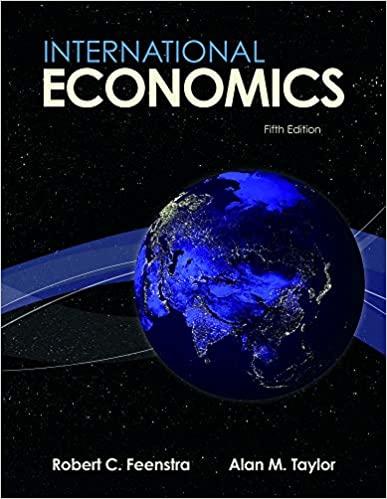In June 2006, a Korean investor is considering investing in bank deposits in Korea and Japan. The
Question:
In June 2006, a Korean investor is considering investing in bank deposits in Korea and Japan. The annual interest rate on Korean deposits is 6.25%, versus 3.75% on deposits in Japan. Suppose that the forward rate in June 2006 is equal to Fwon/¥ . In June 2006, the expected exchange rate is 8.2 won/¥. For the remainder of this question, please use the linear approximations for uncovered and covered interest rate parity. The spot exchange rate in June 2006 is EWon/¥ = 8
a. Does covered interest parity hold in this example? If so, how do you know? Calculate the expected return in Japanese deposits (denominated in Korean won) in this case.
b. Does uncovered interest parity hold in this example? If so, how do you know? If not, what is the implied risk premium? Which deposits pay a higher expected return? Calculate the return on Japanese deposits (denominated in Korean won) in this case.
c. Suppose the exchange rate in June 2007 is equal to 8.528 won per yen. Calculate the Korean investor’s actual return, assuming that he invests in Japanese deposits in June 2006. How do these answers compare with those from (b)?
d. Consider two Korean investors: one uses speculation and the other uses hedging. Based on your previous answers, which one earned a higher return (or smaller loss) on Japanese assets between June 2006 and 2007? Explain briefly why.
Step by Step Answer:






